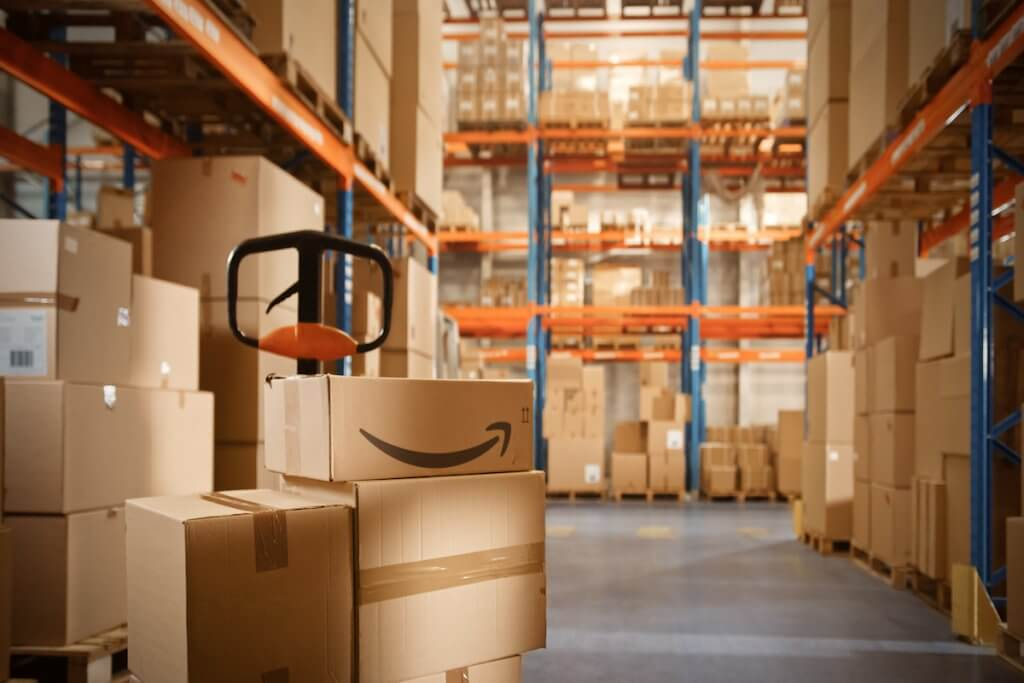Mastering FBA Inbound: Common Issues and Prevention Strategies for Sellers
Mastering FBA Inbound: Common Issues and Prevention Strategies for Sellers
As a cross-border e-commerce seller, utilizing Amazon's FBA (Fulfillment by Amazon) service can significantly streamline your logistics processes and enhance customer experience. However, the FBA inbound process often presents challenges that can lead to delays and additional costs. To help sellers navigate these hurdles, we’ve compiled a guide to common FBA inbound issues and how to prevent them, ensuring a smooth process and improved operational efficiency.
1.What is FBA?
FBA is a logistics service provided by Amazon. Sellers ship their products to Amazon fulfillment centers, where Amazon handles sorting, packaging, delivery, and customer service. By leveraging FBA, sellers can focus on product development and sales while Amazon manages the logistics.
2.Why Use FBA?
(1).High-Quality Traffic Conversion: Over 200 million Prime members prioritize FBA products, boosting conversion rates.
(2).Fast Order Delivery: FBA offers same-day delivery in some cases, enhancing customer satisfaction.
(3).Efficient After-Sales Service: Amazon provides24/7 local-language customer support, reducing the seller’s post-sales burden.
3.Common Issues in FBA Inbound
The FBA inbound process typically involves the following steps:
(1). Seller creates and ships the shipment.
(2). Amazon’s fulfillment center (FC) identifies and flags defects.
(3). Seller submits a defect investigation request.
(4). Amazon reviews the defects.
4.Classification of Common FBA Inbound Issues
(1). Labeling Issues: Such as unscannable barcodes or missing labels.
(2). Quantity Issues: Discrepancies between the actual and planned product quantities.
(3). Shipping Location Issues: Shipments not delivered to the designated warehouse as planned.
(4). Disposed or Lost Shipments: Shipments not received within the specified timeframe.
(5). Box Issues: Overweight or oversized boxes.
5.Preventive Measures for Labeling Issues
(1). Product Labels:
- Ensure every product has an Amazon barcode (FNSKU).
- Barcodes must be clear and scannable; avoid reflective materials.
- Use laser or thermal printers to ensure label quality.
(2). Shipment Labels:
- Each box must have a unique shipment label; avoid duplication or modification.
- Labels should be placed on a flat surface of the box, avoiding folds or damage.
6.Preventive Measures for Quantity Issues
1. Verify that the details of each ASIN (e.g., size, color) match the shipment plan.
2. Properly label each box to ensure accurate item information inside.
3. Limit quantity changes to no more than5%; create a new shipment for additional items.
7.How to Avoid Inbound Defect Fees?
(1). Common Defect Fee Types:
- Incorrect shipping location: Ensure shipments are delivered to the designated warehouse as planned.
- Disposed or lost shipments: Domestic shipments must arrive within 45 days, and international shipments within75 days. In multi-destination plans, additional shipments must arrive within30 days of the first shipment.
(2). Product Preprocessing:
- Follow Amazon’s packaging and preprocessing requirements to ensure product safety. For example:
- Liquid, sharp, or fragile items must be wrapped in bubble wrap.
- Transparent polyethylene packaging is required, and suffocation warnings must be included for containers with an opening smaller than5 inches.
(3). Box Safety Issues:
- Overweight: Each box must not exceed50 pounds. If it does, label the box with “Handle with Care” or “Lift with Machinery.”
- Oversized: Each box must not exceed25 inches (63.5 cm) on any side, except for oversized products. Excessive padding (more than2 inches) may result in penalties.
8.How to Apply for a Quantity Discrepancy Investigation?
Sellers need to confirm the shipment status first. If the shipment status is shown as completed on the seller platform, but there is a discrepancy in quantity, you can initiate an investigation application:
(1). Status – In Transit & Delivered: Provide proof of delivery (e.g., POD).
(2). Status – Registered & Received: Check the estimated receipt completion date and submit the investigation request on or after this date.
(3). Status – Completed: If discrepancies exist, submit the investigation immediately.
Conclusion
Common challenges in the FBA inbound process include labeling, quantity, and shipping location issues. By strictly adhering to Amazon’s inbound requirements, ensuring clear labels, accurate quantities, and timely delivery, sellers can avoid defect fees and improve operational efficiency.

 EN
EN
 AR
AR
 BG
BG
 HR
HR
 CS
CS
 DA
DA
 NL
NL
 FI
FI
 FR
FR
 DE
DE
 EL
EL
 HI
HI
 IT
IT
 JA
JA
 KO
KO
 NO
NO
 PL
PL
 PT
PT
 RO
RO
 RU
RU
 ES
ES
 SV
SV
 TL
TL
 IW
IW
 ID
ID
 LT
LT
 SK
SK
 SL
SL
 UK
UK
 VI
VI
 GL
GL
 HU
HU
 TH
TH
 TR
TR
 MS
MS
 GA
GA
 IS
IS
 BN
BN
 LO
LO
 LA
LA








